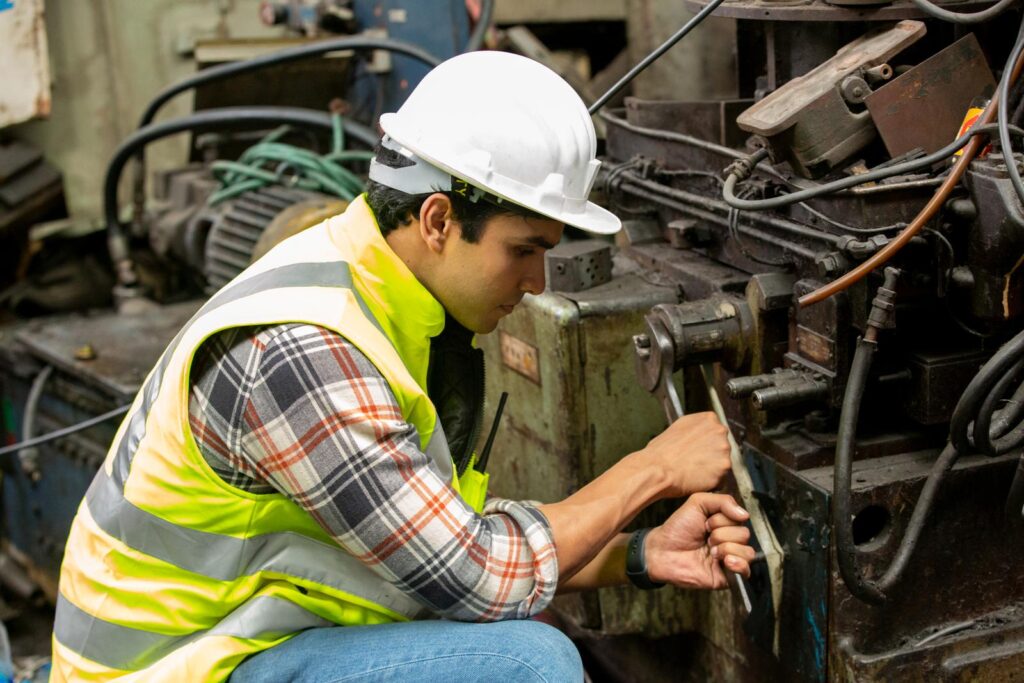Let’s talk about your dream project.
Schedule a free consultation now
Industrial baghouses and filtration systems require the fabric to meet the application’s unique needs. These fabrics come in various weaves, each with unique characteristics, enabling the optimal material to be selected for the application. Common fabrics for baghouses and filtration systems include plain Weave, Twill weave, and Sateen weave.
Plain Weave is the most basic system in use and features a simple over-under pattern, with a single warp thread going over one weft thread and then under the next. This type of Weave produces a strong and durable fabric with good air permeability, making it an ideal choice for various baghouse and filtration systems.
The Twill Weave, while more complex than the Plain Weave, is still fairly simple. The threads alternate over and under each other in a patterned sequence, giving it a diagonal look. This type of Weave offers good strength and is resistant to dust accumulation and clogging.
Sateen Weave is a much more complex weave featuring a four-by-four pattern in which the warp threads pass over four weft threads and then under four weft threads. This creates a smooth, shiny surface resistant to dust, moisture, and harsh chemical spills. The Sateen Weave is often used in high-temperature applications, where the fabric’s performance must be exceptionally strong.
The selection of the appropriate fabric for baghouses or filtration systems is an important decision, as it will impact the performance and efficiency of the system. Knowing the different weaves used in baghouse fabric can help ensure that the right fabric is chosen for the application.
Picking the Right Fabric for Your Application
Industrial baghouses and filtration systems are important components of many industrial processes. Choosing the right fabric for your baghouse or filtration system is essential for maximum efficiency and performance. Remember a few key things when selecting the right fabric for your application.
By keeping these key factors in mind, you can ensure that you choose the right fabric for your baghouse or filtration system. Selecting the right fabric for your application can help maximise performance, efficiency, and durability.
Conclusion: In conclusion, industrial baghouses and filtration require special fabrics with different features and materials designed for the application. Polyester and Nylon are the most commonly used fabrics for containment and dust control. Still, Acrylic, Polypropylene, Meta Aramid (Nomex), HPA, PPS (Ryton), Fiberglass, and Cotton are viable options. Different weaves can also be used to help in filtration and containment. The right fabric can make or break an industrial baghouse system, so it’s essential to pick the right fabric for your application. Keeping the application in mind and your baghouse system’s unique requirements will help you decide when to select the appropriate fabric.

Air slides are an ingenious technology that is crucial in many industries. They are used to convey bulk materials, such as powders and granular substances, in a
Learn more
In every industry, maintaining operational efficiency and extending the life span of equipment are critical considerations. With its complex machinery and demanding
Learn more
Filter bags play a crucial role in various industries by ensuring efficient air filtration and dust collection. However, when faced with extreme dust challenges,
Learn more